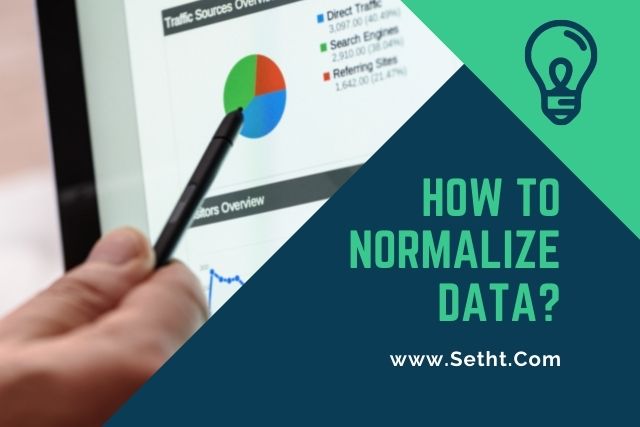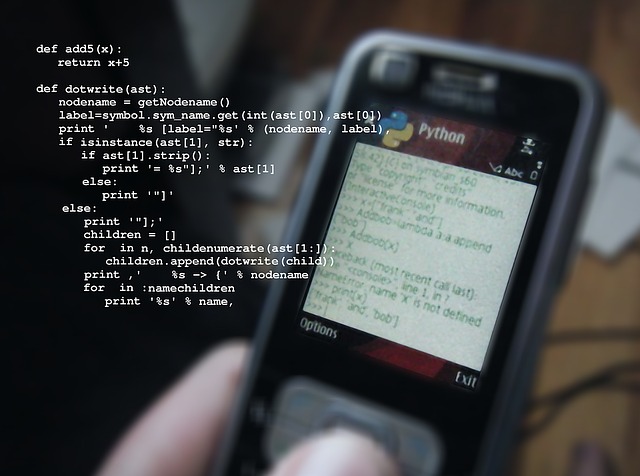Table of Contents
The modern age is called the digital era where we are living. Many organizations are working day and night and collecting, storing, and organizing several pieces of information. But here, a problem occurs to keep the data in a sequence.
This is where the need arises to know how to normalize data, which is the collected one. If you have ever heard the term “data normalization” concerning big data, you may have noticed its importance to business operations today.
Realizing this and its significance to massive data will help an organization succeed. It just needs to extend into associated fields in the future.
Before we dig deep to know how to normalize data, techniques, and its types, let’s first examine data normalization. So, let’s get started without any further ado.
What is Meant by Normalizing Data?
There are numerous definitions to elaborate on what data normalization is. We will explain this term in simple words so that you may not find it difficult to understand. Data normalization consists of arranging data in a database. This data needs to be accessed and used appropriately for further queries and evaluation.
When you are going to perform the normalizing procedure, you should keep in mind some points. The first thing to consider is to get rid of the redundancy of data making the data set more complicated.
You can go through your database and remove the duplicate data to accomplish this task. In redundancy cases, values that are not precisely needed are not taken into account during data analysis. The data becomes easier to analyze after they have been deleted from the database. So, our process would be more straightforward if we get rid of redundant data.
The next step that can help you to achieve the best results is the logical grouping of data. Ideally, for interdependent data, they should be closely related within a data set. This involves making a group of the relevant data more manageable for you to analyze data in the future.
It is also required to resolve any inconsistent data. Data normalization is applied to resolve contradictions between datasets. It allows you to continue with your analysis with ease.
Following that, data should be formatted as well. By transforming data into a format that can be further processed and analyzed, it permits further analysis. Normalization, in turn, unites data, generating a much more disciplined structure.
Currently, big data is mainly composed of unstructured data. So, it is very important to normalize it. Data must be organized and transformed more than ever, and data normalization can help in the effort.
What Tools Can be Used by Normalizing Data?
In linguistic processing, text normalization involves converting parts of a text into a single canonical form. It is a critical step in texts exhibiting spelling variation or deviating from the contemporary norm, such as historical publications or social media posts.
The ability of standard tools to be used with text normalization is also another significant advantage. Support for a wide range of spelling variants is possible with text normalization. It doesn’t depend on whether the variant is vernacular, colloquial, historical, or slang.
There are 14 normalization tools in the CLARIN infrastructure. The majority of the tools were designed to normalize texts within a single language (8 Dutch, 3 English, 3 German, 1 Hungarian, 1 Icelandic, 1 Slovenian, 1 Turkish). At the same time, the remainder had a much broader scope.
There are five tools available: half are dedicated normalizers. However, the other half provides additional options like POP tag, lemmatization, and named entity recognition.
Examples of Normalizing Data
As we have seen, why do we normalize data and do normalization? It’s time to expand our knowledge with the help of some examples. There are three main types of normalizing data.
- 1NF
- 2NF
- 3NF
1NF
Relationships with composite or multi-valued attributes violate the first standard form. In contrast, those that do not contain mixed or multi-valued details are in the first standard form. If an attribute of a relation is a single-valued attribute, then the connection has the first normal form.
2NF
A relation with a composite key, one with a primary key composed of two or more attributes, exhibits Second Normal Form based upon complete functional dependence. Relationships with a single-attribute primary key automatically belong to at least two network families. None may undergo this update anomaly.
First-order relations require no partial dependencies. They must be in second-order relations. In 2NF relationships, a nonprime attribute is independent of any subset of the respective candidate key, i.e., no nonprime point is dependent on a proper subset of the candidate key.
3NF
Even though the Second Normal Form (2NF) has a lower level of redundancy compared to a First Normal Form (1NF), it is possible. So, updates on these relationships may still occur.
It is necessary to eliminate this transitive dependency. You can do this by employing the Third Normal Form (3NF) to remove transitive dependencies. If we update only one tuple and not the other, it causes the database to be inconsistent.
Steps to Create Normalize Data in Excel
This often happens during the study of mathematics or the normalization process. It’s because we have to deal with large data sets and remove redundancy from them to reduce their size.
You can compare different sets of data with the help of a normalization equation. However, there are many other methods available that you can follow to normalize data in excel.
We will discuss the three main methods. By following them, we can normalize our datasets in excel by finding Mean, standard deviation, and normalizing values.
First of all, you need to open excel. Add a blank spreadsheet and import your data into it. You will see here the first cell named A1. Click on it and add any value you want to normalize in the first column.
Find the Mean
When you are going to find an arithmetic Mean, you have to follow these steps.
- Apply this formula =AVERAGE(A1:AX)
- Replace AX with the value that is in the last cell of column A.
- The average function will be activated this way. You will get arithmetic mean for your normalization process.
Find the Standard Deviation
The next step is to apply the standard deviation method. Follow the below-mentioned steps.
- Choose the cell named C2.
- Type “STDEV.S(A1:AX).” without quotation marks
- Replace AX with the value of the last cell in column A
- You will get the standard deviation of the entered data.
Normalize the Values
Our final step is to normalize the values. For this purpose, we will apply the Standardized formula.
- Click on the cell labeled as B1.
- Enter STANDARDIZE()A1,C$1,C$2)
- Using the dollar sign, we can use this formula anywhere we desire without changing data values in a row and column.
- This formula can be used in any cell without changing the references C1 and C2 manually.
- After creating this formula, the normalized version of cell A1 should appear in cell B1.
How to Interpret Normalized Data?

We can interpret normalized data as a dataset that has gone through different normalization techniques and became a clean database without redundancy.
A normalized data ensures integrity constraints properly enforce a database’s dependencies by organizing the columns and tables. Usually, formal rules are applied by the process of synthesis or decomposition.
The data within a database is usually normalized to make it easier to visualize and analyze. An organization may gather as much data as it wants without it, but most of it will be unused, taking up valuable space and not benefiting the organization meaningfully.
Organizations spend a lot of money gathering data and designing databases, so not utilizing those resources can be a severe blow.
Frequently Asked Questions (FAQs)
How do you normalize data to 100 percent?
If you want to normalize data ranges from 0 to 100 in excel, you can use this formula. “zi = (xi – min(x)) / (max(x) – min(x)) * 100.” In this formula:
- zi: The ith value that has been normalized
- xi: The ith value that belongs to the database
- min(x): Represents the minimum value
- max(x): Represents the maximum value
Why do we normalize image data?
Here is the reason why do we normalize data. We do image normalization to make convergence faster than before. It is critical to ensure that the input parameters have a similar distribution of data, a process known as data normalization.
How do you deal with image data?
Using a technology similar to ancient tiling mosaics or melting bead kits we play with today, computers store images in a mosaic of tiny squares.
For example, if the square tiles are too big, it isn’t easy to make smooth edges and curves. Increasing the number of and changing the size of tiles we use, the more smooth or less pixelated the image will be. This is usually referred to as resolution.
Do I need to normalize images?
As a result of data normalization, parameters (such as pixels and exposure) have a similar data distribution. This allows convergence to be achieved more quickly during training. That’s why we recommend normalizing images for better results.
What is the advantage of normalization?
Normalization reduces redundancies and duplication of the data from datasets and makes the tables smaller. You can accommodate related data in a single group so that it can avoid complications. The data becomes easier to manage and understand after normalization.
Conclusion
We are wrapping up our discussion here. We hope that now you understand when to normalize data, why do we normalize data, and how it should be done.
We have tried our best to cover every aspect associated with normalizing data. Now, you might be familiarized with how to normalize data conveniently. Have a happy experience!




